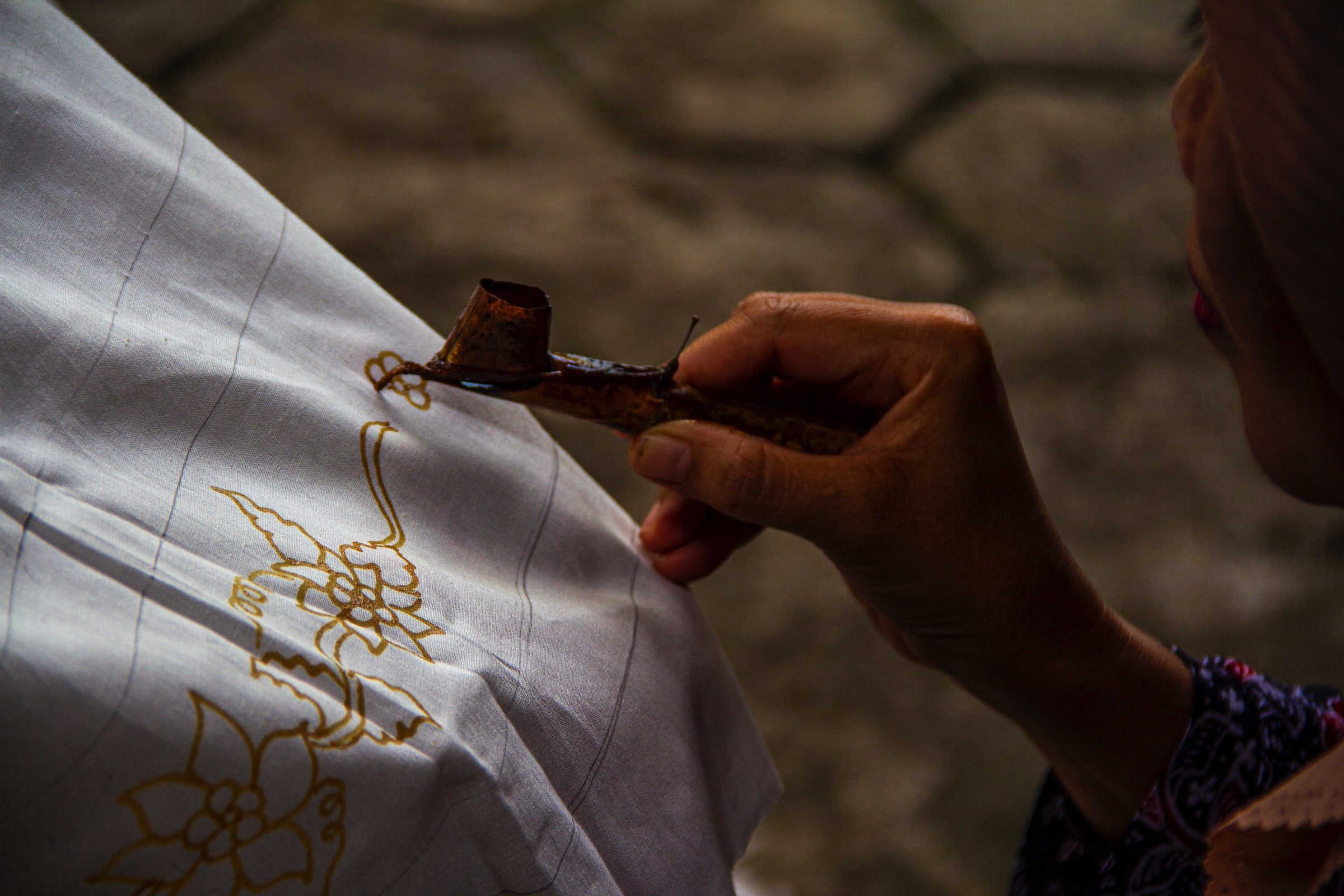China is today a world leader in the manufacture of consumer products. The 2016 Deloitte Manufacturing Competitiveness Index ranked China as one of the most competitive manufacturing countries in the world.
China has been printing its fabrics in sublimation since modern times. Its technological advance in printing is equal to ours. And concerning the transformation of fabrics, she has long mastered the art of tailoring! However, digital fabric sublimation presses have not always existed. In the past, it was the dyers who colored the fabrics.
As a result of Batik research, it was discovered that Batik was practiced in China as well, not only in Java Indonesia.
Its origin goes back a long way:
“It seems that wax printing existed in China as early as the end of the Qin dynasty (221-207 BC) or the beginning of the Han dynasty (206 BC-220 AD). Although widespread knowledge of the existence of Chinese batik as a finished product first arose during the Tang Dynasty (618-907), and batik became a new “Silk Road” commodity exported to Europe and elsewhere. »
Source : https://www.voyageschine.com/culture/batik-chinois.htm
Not only did Chinese dye artists use the Batik technique, but they also practiced two other methods of coloring fabric: Bandhnu and Calico.


The Batik method (also called wax printing) is a mechanical method of blocking dyes with wax where it is applied hot (melted), often in the form of a geometric pattern or an artistic representation (ranging from a flower to a human face), on a chosen part of the fabric. Once the wax is sufficiently dry, the fabric is cold plunged into a vat of soluble dyes. Once the dyeing process is finished, the completely dry fabric is then washed in hot water to dissolve the wax and bring out the patterns (drawings, images, etc.) in a color contrasting with the dye color as well.
The bandhnu method achieves the work by means of twists, knots, pinches and even very tight stitches on the fabric to reserve the desired pattern, (most often a flower, but usually quite coarse in shape) . During the “hippie” years, the batik method became popular in America, (a method of making batiks also used throughout Africa, from where it was simultaneously developed in the United States in the 1970s and, somewhat later, with the “Rastafari” movement and the music of Bob Marley).
The bound parts (seams, knots, twists, etc.) of the canvas must impede the penetration of the dye to varying degrees depending on the tightness of the bonds. Thus, the Bai ethnic minority, located mainly in Yunnan province, has become a master in the art of bandhnu.
The calico method of textile printing (or “dab”) is no different from the art of woodblock printing which, in China, is perhaps older than the art of woodblock printing. wax impression, dating from the 3rd century BC. Both achieve the final result by pressing the element (the sheet of paper and the fabric respectively for the printing of the woodcuts and that of the calico) between two plates. The bottom plate has been etched to retain the dye/ink and produce the desired image on the surface of the object when pressed between the two plates. One can of course obtain very precise and very detailed results by the calico method, whereas a pre-designed plate worked to perfection leaves no chance for the movements of the hand, as with the wax printing method.